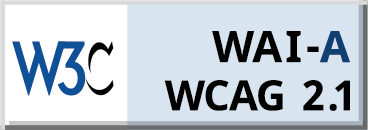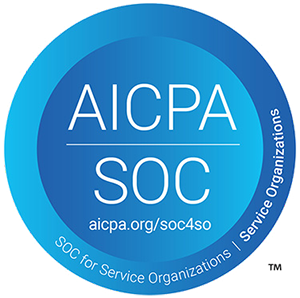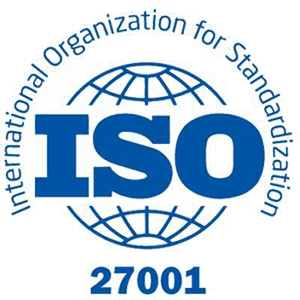
Sales Hiring is one of the most demanding and tough placements for recruiters compared to other functions. This is because the impact of not having a quota-achieving salesperson in a particular territory is immediate and the sales manager will be impatient by nature.
Having managed large distributed sales and service teams across multiple organizations, today I understand that hiring top quality sales reps at top speed is one of the most critical aspects of the sales manager job.
The attrition rate in sales is about 35% in the first year of recruitment and this goes down to about 18% by the fourth year. Most of those who drop out are non-performers and hence there is no point in trying to reduce churn beyond a limit. If you aren’t staffed adequately, your sales/service team may be stretched thin and unable to serve all of your customers, ceding valuable market share to better-staffed competitors.

Hence for organizations operating in industries like Insurance, Automobile, Telecom, Banking, and SMB Software industries, the key is to develop a “Hire fast and churn non-performers faster” model. However, this is easier said than done for the following reasons:
- Organizations in traditional industries often make one more mistake. By the time they realize there is an increase in demand in a particular geography or for a particular product, it is too late and they don't have enough time to hire and ramp a new sales team.
- Because the reward of meeting targets is so high or the downside of not meeting targets is extreme, sales managers often come up with a wishlist of desired skills and experiences that ends up being unrealistic.
- Sales profile requirements for different roles are quite different too. Different salespeople are successful in different environments. Maturity of the market, new product vs. old product, hunting vs farming - all of it impacts which sales candidate will succeed. To figure out what your optimal salesperson looks like for each environment, study the top-performing ones on your team. Which traits do they have in common? What are their trademark selling styles? But these are difficult to analyze and use at scale. It makes it difficult for corporate teams to define what is the ideal profile.
- Salespeople are always on the move or on the phone and getting their attention during regular office hours is a major challenge. The better they are at the job, the busier.
- Another key challenge is the selection process - most salespeople are great storytellers making it difficult to identify the doers from the talkers. One needs to come up with interview strategies to measure each trait in the candidates. These often require techniques like role-playing and mock demos and these are difficult to implement in telephonic interviews.
- Humans are inherently biased and emotional — meaning their ability to predict a person’s fit during an interview isn’t great. Research shows the validity of a typical unstructured interview is approximately 20%. In other words, only one in five interviews actually helps employers identify candidates that will be successful. This gets amplified when your sales managers aren’t trained to do job interviews.

What does that mean for organizations and recruiters? Should they completely give up or is there a better way? My experience says, yes there is if you are able to use the right process supported with the right tools. Please see below for a few techniques that have worked well for me in the past.
- Closely monitor demand trends in all of your territories to see if you can afford to have one more rep in a particular territory. I do a monthly demand review to not only understand which market is not doing well and I need to spend more marketing dollars to generate demand, but which are those where there is an above-average increase in demand without any special efforts. And if you sell multiple products it makes sense to do this exercise at the product level too. When I see a territory where a rep is able to meet the target by selling only part of his portfolio, in most cases, it is an opportunity to hire another rep.
- Define a list of competencies you would use to hire salespeople and ensure that you rate every person you interview against those competencies. And for those who are hired periodically, analyze who is doing well and in what kind of environment. For example, at Talview we found that people who are rated high on Empathy are better in farming/customer success than new sales and now when we come across someone with high empathy we know which department the person should go to. One mistake you would want to avoid is using ratings from different people to find this pattern. Either you need to have one or multiple team members rating every hire using a structured interview process , or you’ll need to use an automated assessment process to do this. At Talview, we use Talview Behavioral Insights; the advantage is that not only is it standardized but the system learns from our preferences (eg: whether we hired a particular profile for new sales vs customer success) and self-calibrates its recommendations.
- Staff-dot-com Chief of Staff Rob Rawson estimates most employers receive “dozens or hundreds of applicants with 95-100% not qualified or adequately skilled”. The best salespeople often aren’t actively looking for a new job. The best source for quality sales profiles is referrals. Good salespeople meet a lot of other good reps while on the move and you have to create a simple and easy way for your reps to remember and make those referrals.
- Respect the time and situation of your candidates. Provide them the flexibility to be part of your hiring process without interfering with their schedule and day job. However, you shouldn't resort to just telephonic interviews for reasons I mentioned above. Video interviews via smartphones are something most road warriors are happy to do. I often have candidates doing role-plays and presentations via this mode. Given they do a lot of their customer conversations via online video tools, they are very comfortable with such a process. I also try to be available during late hours in the evenings as most salespeople are comfortable with hopping on a late evening call while traveling.
- Apart from these, if you are hiring for a highly specialized domain, I would recommend doing a domain assessment. You wouldn't want the person to join and then spend 9-12 months to understand your product/technology and industry.
.png)
Based on our own experience and inputs from a lot of our customers who use Talview for their Sales Hiring, we recently launched a first of its kind recruitment application on top of Salesforce which automates a lot of what we discussed above. Some of the unique abilities include the ability to predict hiring needs by analyzing sales trends, a provision to promote referral hiring for sales right within Salesforce, and the ability to collect sales performance as feedback to continuously improve hiring assessment recommendations.
If you end up trying any of the above recommendations, please share your experience with me at sanjoe@talview.com.







Leave a Reply